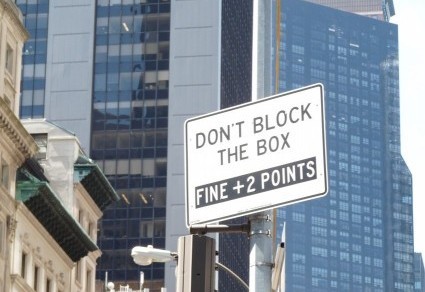Holiday season is upon us, so I’m assuming that you, like me, need an antidote to the tension that comes with it. Hence this post of silly signs and light-hearted questions about them.
First up is this earnest appeal:

Questions: Is the sign-poster a fan of knocks or a hater of bells? Is it so difficult to ring the bell that customers have to be warned about attempting to do so? Does anyone attempting to ring the bell fail?
Next is this command, posted on a fence:

Questions: How many people, in a city where theft is not unknown, simply lean or tie their bikes? And how does one post a bike? Why doesn’t the sign mention “park,” “lock,” or “chain” — what bike riders in New York generally do with their vehicles?
Now to the gym:

Questions: What goals could 1 have? To grow up to 2? To find a soulmate and become 11? To add some muscle and reach 10 or 100? And how does one — er, I mean 1 — refine those goals?
Last up is this sign:

Questions: How do you drop off a shoe shine? Can people pick up what they dropped off, or is the shoe (or pair or shoe shine) gone forever? Has there been an increase in shoelessness around this shop?
After enjoying (or at least surviving) your Thanksgiving meal, feel free to send me answers.

































